MDRS Crew 295
Mission Summary: Mars Desert Research Station Simulated Mission
Introduction:
Our MISSE course takes students to the Mars Desert Research Station (MDRS) on a six-day simulated mission, serving as a unique platform for university students to undergo cross-training in wilderness medicine and human spaceflight principles. This immersive course aimed to blend didactic lectures with hands-on simulated medical scenarios, challenging students to apply their knowledge and skills in a Martian analog environment. Over the duration of the mission, students encountered a series of simulated emergencies and operational challenges, providing invaluable opportunities for learning, growth, and skill development.
Day 1: Retrieval of Crashed Satellite and Radio Relay Repair
The mission commenced with the crew being tasked to retrieve a crashed satellite and repair a radio relay, simulating the operational demands of a Martian exploration mission. Despite meticulous planning, one crew member suffered an ankle injury during the retrieval process, underscoring the importance of safety protocols and emergency response training. The incident prompted the crew to assess their communication and leadership strategies, laying the foundation for collaborative problem-solving and effective decision-making throughout the mission.
Day 2: Design and Launch of Rocket with Medical Supplies
On the second day, the crew undertook the design and launch of a rocket carrying vital medical supplies to support another crew in need, mirroring real-life scenarios of resource allocation and interplanetary collaboration. This task required precise planning, teamwork, and coordination to ensure the successful delivery of supplies to the designated location. As the rocket soared into the Martian sky, the crew celebrated a significant milestone in their mission, showcasing their engineering prowess and adaptability in a simulated space environment.
Day 3: Summit Attempt and Emergency Response
The third day saw the crew attempting to summit a local peak to set up a relay, presenting physical and logistical challenges akin to Martian exploration. Tragically, one crew member fell and broke their femur during the ascent, prompting an immediate shift in focus to emergency response and medical evacuation procedures. The incident tested the crew’s resilience and ability to remain calm under pressure, highlighting the critical importance of wilderness first aid training and effective communication in managing medical emergencies in remote environments.
Day 4: Simulated Fire and Emergency Evacuation
A simulated fire outbreak on the fourth day thrust the crew into a high-stakes scenario, requiring swift identification, rescue, and extinguishing efforts to safeguard the habitat and its occupants. As flames engulfed a section of the habitat, the crew mobilized into action, implementing firefighting protocols and coordinating evacuation procedures. Despite the intensity of the situation, the crew demonstrated remarkable composure and teamwork, successfully containing the fire and preventing further damage to the habitat.
Day 5: Search and Rescue Mission
The penultimate day of the mission presented the crew with a search and rescue mission, simulating the challenges of locating and assisting crew members stranded in remote terrain. Utilizing their navigation skills and strategic planning, the crew embarked on a coordinated search operation, eventually locating and safely evacuating the stranded individuals. The successful outcome of the mission underscored the importance of preparedness, adaptability, and collaboration in responding to unforeseen emergencies in hostile environments.
Day 6: Soil Testing and Future Habitat Location Identification
On the final day of the mission, the crew undertook soil testing to identify a suitable location for a future habitat, employing an explosive charge and seismometer to assess soil density and composition. This task required precision and scientific acumen, reflecting the multifaceted challenges of Martian exploration and habitat construction. Through meticulous data collection and analysis, the crew contributed valuable insights into potential habitat sites, laying the groundwork for future missions and scientific endeavors on Mars.
Conclusion:
The Mars Desert Research Station simulated mission provided an immersive and transformative learning experience for university students, fostering interdisciplinary collaboration, leadership development, and hands-on application of technical skills. Through simulated emergencies and operational challenges, students gained invaluable insights into the complexities of Martian exploration and the demands of spaceflight missions. As they navigated through adversity and uncertainty, students emerged as more confident and effective team members, poised to tackle the challenges of future space exploration with skill and determination.



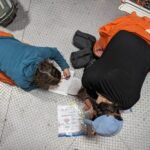

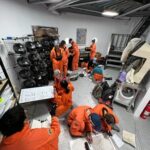

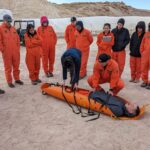
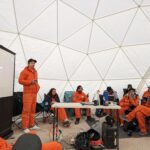
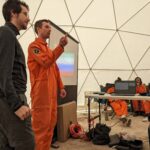
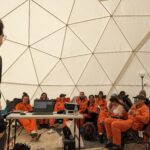
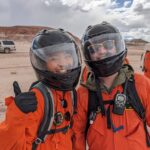
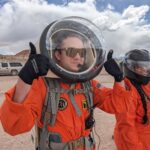
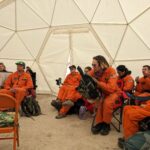
You must be logged in to post a comment.